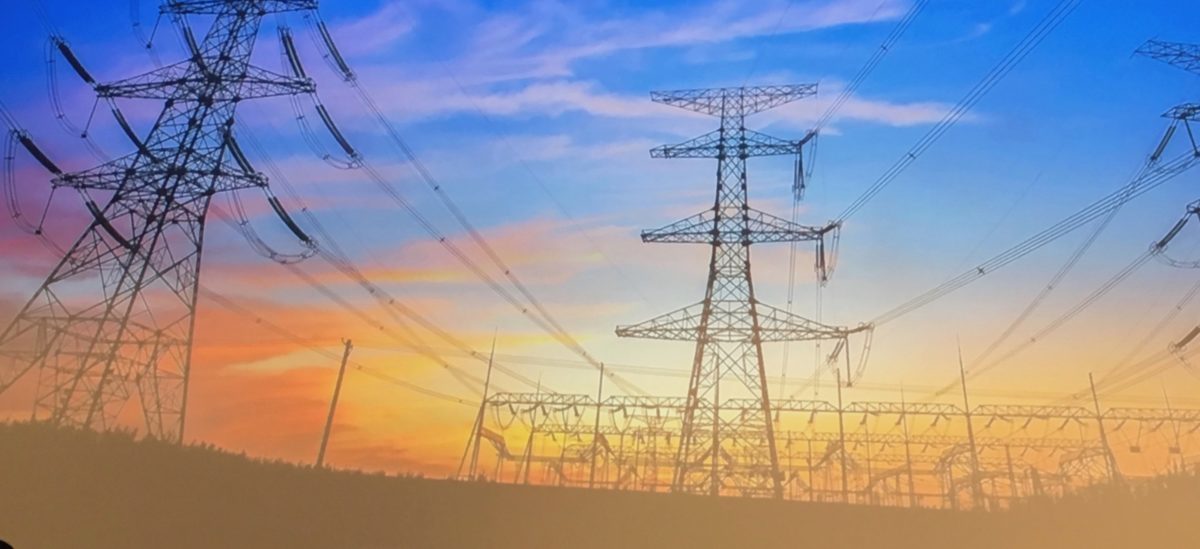To ease interconnection of solar, wind and storage projects to the transmission grid, a technical executive with the Electric Power Research Institute (EPRI) recommended “a unified minimum set of capabilities” for these inverter-based resources (IBRs), which “could mean” adopting the new IEEE-2800 standard “as soon as possible.”
EPRI is a utility-led research and development organization, and IEEE is a global body of engineers. IEEE published the 2800-2022 standard earlier this year.
When project developers submit interconnection requests, without “very detailed, sufficient technical requirements, it’s very difficult, if not impossible, to submit any models that really represent those interconnections” said Jens Boemer, EPRI Technical Executive for Grid Operations & Planning and DER Integration, in an online workshop hosted by the Energy Systems Integration Group. “DER” stands for distributed energy resources.
“Simply by agreeing on a technical set of minimum requirements, the expected performance can be narrowed down significantly,” Boemer said, which could “help inform some of the modeling.”
Boemer raised the issue of whether validated models can be submitted with the interconnection request in a case where the plant equipment has not yet been selected. Here again, he said “maybe the standardization of the performance through the IEEE standard can help fill this challenge.”
Even before the test and verification procedures for the IEEE-2800 standard are available, “sending a signal to the industry” of a future requirement to meet that standard “can be very welcomed and helpful” for project developers, he said.
Boemer said that EPRI plans to submit comments, which “will likely look similar” to his presentation, to the Federal Energy Regulatory Commission, regarding its notice of proposed rulemaking on improvements to generator interconnection.
Boemer also discussed “challenges and opportunities” at other stages in the interconnection process. Feasibility studies, he said, often have limited screening for grid strength metrics that could help determine “whether at all, and what type of models and system impact studies would be needed to reliably connect the IBR.” He suggested that “maybe some screening based on site transmission hosting capacity maps, or brute strength measures could help inform what level of detail of modeling might be required.”
Regarding subsequent interconnection studies, Boemer said that where a change of plant equipment might trigger a re-study of the reliability study, “appropriate and sufficient and validated models based on the actual equipment that would be used in the field may become important.”
Boemer provided a link to an EPRI web page regarding validated, publicly available models for various types of studies.
Interconnection and reliability
Boemer indicated that his comments were intended to address “today’s interconnection process” and also reliability issues with inverter-based resources. The interconnection study process for large-scale renewables and storage is “highly diverse” across regional grid operators and “kind of backlogged,” he said, adding that the process lacks technical standards, requires different levels of technical detail for models and studies, and often is not automated.
Boemer also spoke of “significant reliability issues, with solar PV plants in particular,” pointing to resource disturbances as recently as last year, as analyzed by the North American Electric Reliability Corporation (NERC). “Those issues seem to be rooted in a mixture of insufficient inverter unit performance, and insufficient plant design and configuration.” He recommended pre-construction design evaluation, which “we see in other areas of the world being used much more thoroughly than here in the U.S.” Following plant construction, Boemer discussed a possible “as-built” plant-level evaluation that could show that the plant as installed matches what was designed and studied.
Learnings
“We do not have to reinvent the wheel,” Boemer concluded. The challenges he discussed “are new to North America” but “this is not new to many regions of the world.” North America “could leverage international learnings,” he said, listing resources developed by the International Electrotechnical Commission (IEC), the European association for the cooperation of transmission system operators (ENTSO-e), and national standards developed in Germany and Australia.
By referencing these learnings, Boemer said, the Federal Energy Regulatory Commission “could fill in some important gaps that have not been identified” in its notice of proposed rulemaking.
This content is protected by copyright and may not be reused. If you want to cooperate with us and would like to reuse some of our content, please contact: editors@pv-magazine.com.








By submitting this form you agree to pv magazine using your data for the purposes of publishing your comment.
Your personal data will only be disclosed or otherwise transmitted to third parties for the purposes of spam filtering or if this is necessary for technical maintenance of the website. Any other transfer to third parties will not take place unless this is justified on the basis of applicable data protection regulations or if pv magazine is legally obliged to do so.
You may revoke this consent at any time with effect for the future, in which case your personal data will be deleted immediately. Otherwise, your data will be deleted if pv magazine has processed your request or the purpose of data storage is fulfilled.
Further information on data privacy can be found in our Data Protection Policy.